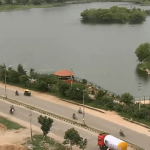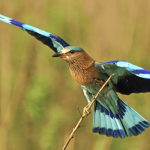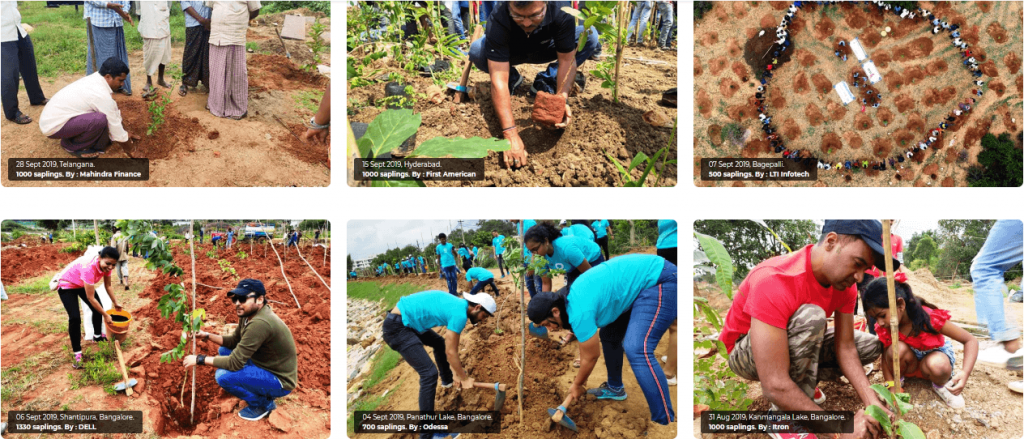
By Anuksha Dey
SayTrees planted 8150 saplings at Hennagara Lake last Saturday. The saplings were planted using the Miyawaki method at the lake near Bannerghatta. This afforestation project on the outskirts of Bengaluru is a small part of SayTrees’s efforts to green the city.
Currently, this Bengaluru-based not-for-profit organization has over 25 afforestation projects in the city and several others in Tamil Nadu, Maharashtra, UP, Delhi and Andhra Pradesh. They have already planted over 6.5 lakh trees across India and hope to plant more.
The Miyawaki method
SayTrees is creating urban and rural forests, supporting farmers with fruit trees, rejuvenating lakes and water bodies and installing solar lamps in villages. The organisation uses the Miyawaki method of afforestation, named after Japanese botanist Akira Miyawaki. It is a method of planting dense native forests in limited spaces, which ensures that the plantations are 30 times denser and grow 10 times faster.
The Miyawaki method recommends improving the soil conditions, adding natural fertilizers and planting the saplings more densely to encourage completion between the saplings for light, which helps the forests to grow faster. The saplings have to be watered on a regular basis for about two to three years before they can grow on their own. “We are creating Miyawaki forests every week in Bengaluru,” said Kapil Sharma, the founder and director of SayTrees. “The smallest forest has 2000 trees and the biggest has 40000 saplings.”
Identification of land for afforestation
Areas for afforestation are identified based on the suggestions from volunteers and residents of the area. SayTrees also regularly reaches out to government bodies such as Bruhat Bengaluru Mahanagara Palike (BBMP), Bangalore Development Authority (BDA), and even the army and railways to find out about any piece of vacant land that they might use for plantation. The organization has planted mini forests on school grounds, residential areas, lakes and even national parks such as the one in Bannerghatta.
Maintenance of forests
The saplings have to be watered and protected for the first 2-3 years. The afforestation schedule follows a cyclical pattern. Saplings are planted between June and October. Between January and May, maintenance work is carried out, and the organization identifies new areas for their projects.
The team behind the green transformation
SayTrees founder Kapil Sharma is a 37-year-old former software professional, who moved to Bengaluru from Chattisgargh about 15 years ago. “I started SayTrees as an initiative in 2007 where I was planting trees wherever I could in whatever capacity by bringing together people who were willing to support the cause,” he reminisces. “Our supporters brought in funds from their friends and families. Now our organisation is a registered NGO of over 25 employees working on just tree plantations in Bengaluru.”
Besides Kapil, the core team consists of trustee Deokant Payasi, a retired army official, and Durgesh Agahari, who heads all partnerships and projects. SayTrees has project managers in Bengaluru, Delhi and Tamil Nadu. The group also works closely with advisors Poonam Dubbey and Dr Manu Smriti Singh on forestry and reducing pollution respectively. Each project is a collaboration between the organisation, the government, the caretakers of the land where the project is to be carried out, the corporates who provide the funds for the projects, and volunteers who come together and plant these trees.
Afforestation projects in South East Bengaluru
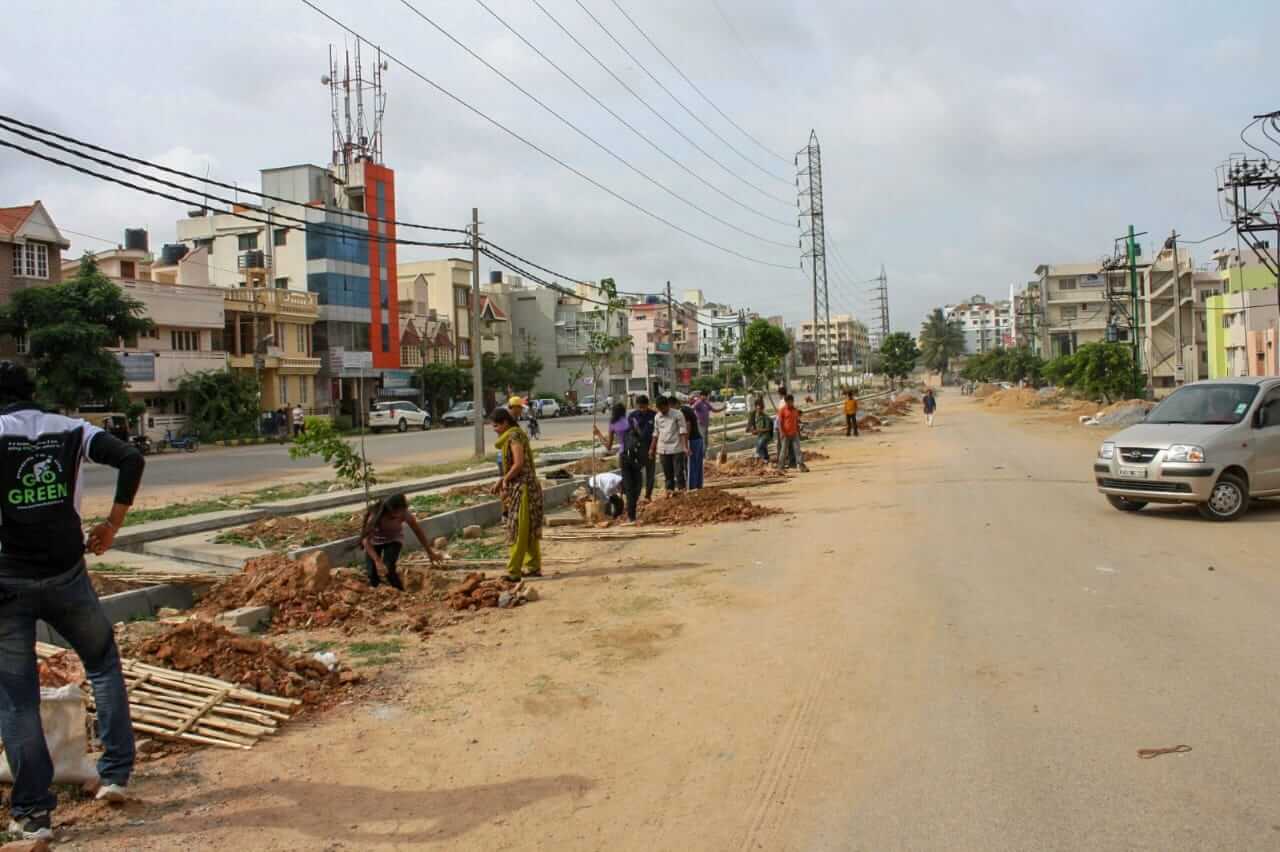
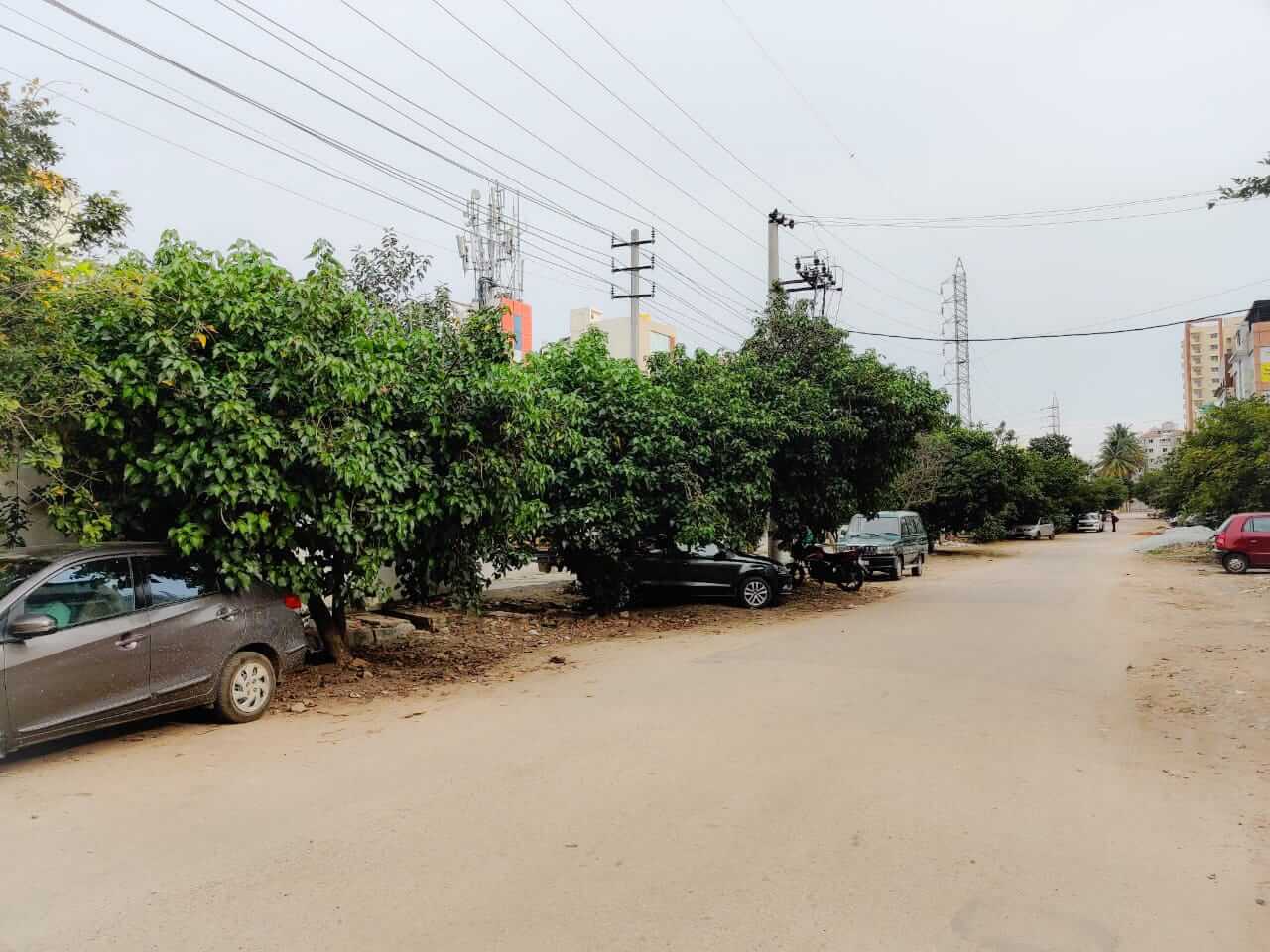
The organisation has built forests in the KSRP area in Koramangala and plans on creating a forest of 12400 trees soon. Last year, it created a forest with 25,000 trees at Ejipura signal. One of SayTrees’ first large-scale projects was in HSR layout. “In 2012, SayTrees had just two people,” remembers Sharma. “We decided to have a tree plantation drive in HSR on the recommendation of a senior citizen.” Along with volunteers, Kapil Sharma planted 100 trees between the main road and the service road on 19th Main, HSR layout. “It was one of the biggest projects at that time, not just in terms of the number of saplings but in terms of community involvement. It was a plantation where all the citizens came together with their children and families. They not only planted but also helped in maintaining them, and protecting them from cars, trucks and lorries.” Eight years on, Say Trees still monitors the area and tracks the progress.
Afforestation during COVID-19
This year, the organisation took a hit as all activities had to be suspended during the lockdown in March. However, most of the saplings planted before survived, thanks to the abundant monsoons in 2020. SayTrees is back on its feet since last month and claims to have already planted over 30,000 trees already.
Other projects
SayTrees has turned its attention to rural afforestation projects in Karnataka, and also started agroforestry projects where fruit-bearing trees are planted in collaboration with farmers. These plans increase the green cover while providing farmers with a parallel source of income. It was started with 11 farmers in Anantapur district and has led to the plantation of over 40,000 trees so far. The organization is also involved with rejuvenating water bodies and the installation of solar panels in Bangalore.
